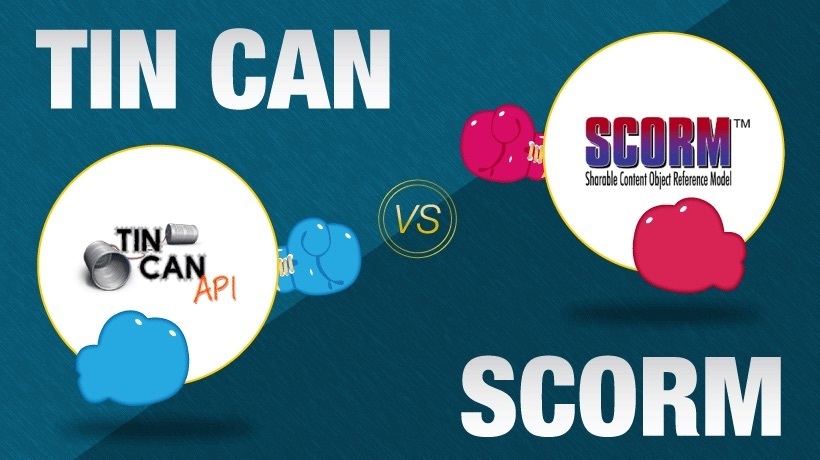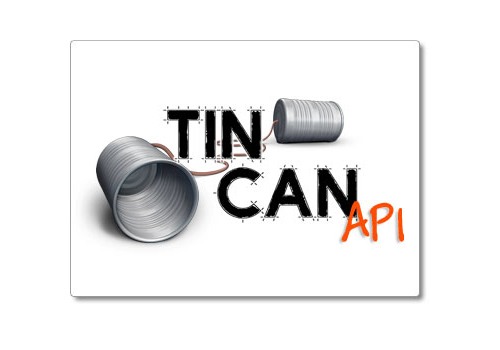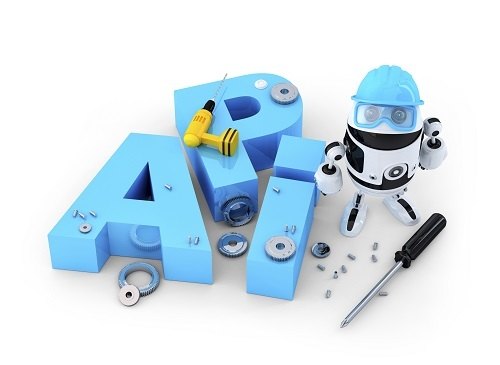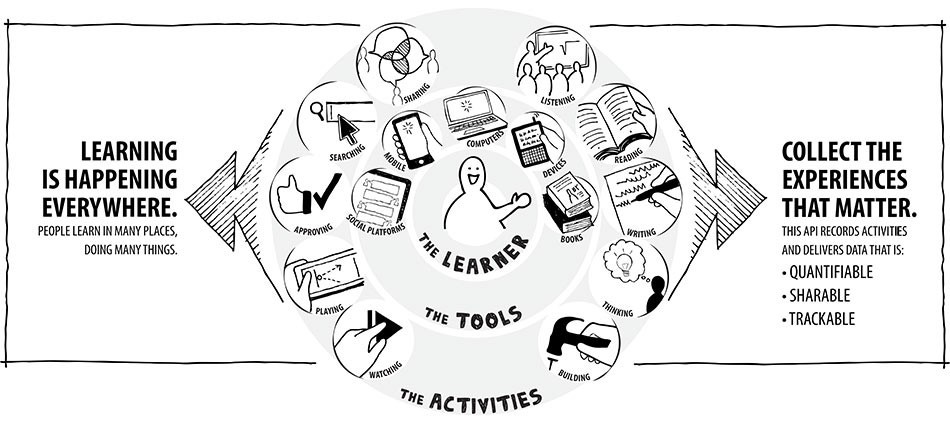SCORM Vs Tin Can API: Where To Start
At LearnUpon, we're asked about SCORM and the Tin Can API all the time. Those who are new to eLearning want to understand the difference between the standards and decide which will work for them. Companies that currently create SCORM-compliant courses wonder what value moving to Tin Can might add. Understanding the strengths and benefits of SCORM and the Tin Can API is essential to making the right decision.
While it can seem confusing, choosing between SCORM vs Tin Can API shouldn’t be difficult. Once you understand your requirements, it’s pretty easy to see which measures up. Although they’re often discussed together, SCORM and Tin Can are actually very different protocols. Say what? Yep, that’s the fundamental point to grasp – they’re different protocols. That means SCORM and Tin Can provide alternative methods for achieving similar outcomes. While the nature of the Tin Can protocol delivers richer data about more kinds of eLearning experiences, the outcomes remain pretty similar.
Two Ways To Achieve The Same Outcome
Let’s take an example! Think about the different protocols you could use to order a pizza in 1980 vs today. Back in the day, you had to “dial a pizza” – pick up a handset, spin the dial, and wait for someone to take your order. While that protocol still works, the technology has dated since it first appeared. Like SCORM, it has issues. Older phones can be clunky to use but still works okay if you just need pizza!
Now you have other options. There are newer and, some would some say, better ways to order pizza. With a fancy iPhone for example, you can simply hold the home button and ask Siri to “Dial Dominos”. The phone jumps into action and calls the pizza delivery service. An iPhone will track and store the call and offer all kinds of additional data about the protocol: how long the call lasted, your call history, and even things like how many footsteps you took from couch to door to collect the pizza. That experience is more like Tin Can. It’s mobile ready, can track far more movements, and the whole experience is much more sophisticated.
But the outcome remains pretty similar – 45 minutes later pizza arrives at your door. Two different protocols can be used to achieve the same result. Either protocol will allow you to successfully complete the task of ordering pizza. But the process for each protocol looks very different. Even in this example, some of the advantages of Tin Can can be sensed. Smartphone technology creates a quicker and more efficient process. Your call isn’t rooted to the old landline. You can order your pizza from anywhere, even on the bus home from work. Using an app to call a stored number leaves less room for error than the old protocol of looking up a telephone book and dialing manually. Tin Can has opened up this new world of possibilities – and it’s more fun!
First There Was SCORM
SCORM is an old standard, as our comparison with dial tones suggests. And while it still works, it’s dated. Over the last three years, Tin Can has started to displace SCORM, just as the use of smartphones eventually overtook landlines. Yet the outcomes delivered by SCORM and Tin Can remain very similar. Whichever standard you choose, the content of your eLearning course and end results won’t be very different. Both protocols allow learners to launch courses, bookmark them, complete them, answer quizzes, pass or fail them, and generally track progress. That’s more or less the end goal of eLearning for most users. It’s the process, the “How and what”, that will look different. And as we saw in our example, SCORM is just a bit more basic when compared to Tin Can.
4 Benefits Of Tin Can API
SCORM will be sufficient for users who just want to deliver and report on relatively simple online courses. As a newer technology, the Tin Can API has a number of advantages.
- Tin Can is more reliable.
Because Tin Can's protocol was developed more recently, it's less susceptible to errors. At LearnUpon we frequently help customers with SCORM issues on older browsers and with authoring tools. In contrast, we've seen very few queries relating to Tin Can. Tin Can just works more often for most customers in our experience. - Better tracking.
A big advantage of Tin Can is the breadth and depth of learning experiences it tracks. While SCORM is confined to tracking desktop courses, Tin Can is more suited to the current landscape, in which “learning happens everywhere”. The rising demand for mobile eLearning options is one reason why Tin Can is increasingly preferred. And SCORM’s older technology is especially unreliable on browsers like Safari and devices like iPad mini. - Richer data.
The technical detail of Tin Can allows it to understand and communicate more and richer data, in a more robust fashion than SCORM. A good Learning Management System like LearnUpon will allow you to create and automate reports based on the detailed data Tin Can tracks. You can also integrate a Learning Management System like LearnUpon with a Learning Record Store (LRS) to further leverage Tin Can's reporting powers. - Tin Can is evolving.
Tin Can is a better option if you want to future proof your eLearning content. While Tin Can will continue to grow and change, SCORM is stagnant in comparison. Choosing Tin Can will allow you to benefit from the ongoing development of a new technology that will continue to improve as it's embraced by the industry. The issues that riddle the SCORM 1.3 and SCORM 2004 standards are, unfortunately, less likely to be addressed.
What Tin Can Won't Do
One benefit Tin Can doesn't offer is to improve the appearance or content of a course itself. Some users express interest in Tin Can with the mistaken belief that it will automatically create animations that are all singing and dancing on mobile devices, for example. That isn't true. Tin Can-compliant courses are designed and developed in the usual ways. Choosing SCORM or Tin Can only provides a protocol for how the course talks to your Learning Management System, LRS, and/or Tin Can compliant services. It won’t impact how the course looks, feels, or behaves. So choosing between SCORM and Tin Can isn’t about how your courses look but how they communicate with your learning management system.
Summary
Although using Tin Can won’t instantly improve the appearance of your courses, it can help you to get the most from them. Using Tin Can will allow you to:
- Deliver more reliable courses that work on the widest range of devices and browsers.
- Get richer data about learner progress and performance.
- Future proof your course content.
If the decision is yours, choose Tin Can. You won’t regret it!
For more information, read To SCORM or not to SCORM and What is Tin Can API?.
Or schedule a call with LearnUpon to decide how to choose between SCORM vs Tin Can API and discuss which standard is right for you.









